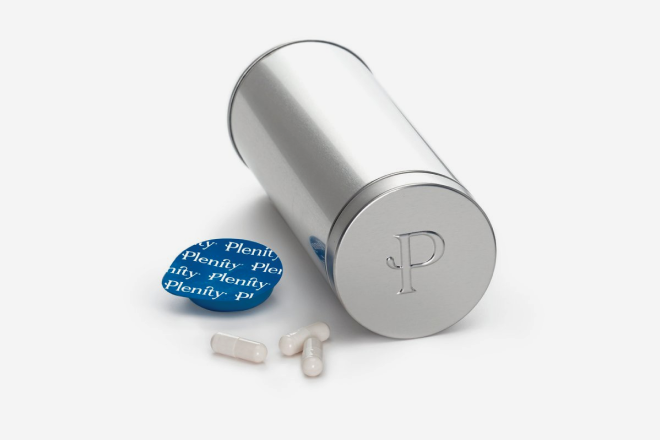“Cheat meals” and “cheat days” might feel like a well-earned reward, but they may be doing more harm than good when you’re trying to make sustainable lifestyle changes. In this article, dietitian Nicole German Morgan dives into the scientific evidence.

Plenity® is indicated to aid weight management in adults with excess weight or obesity, a Body Mass Index (BMI) of 25–40 kg/m², when used in conjunction with diet and exercise.
It’s time to rethink weight loss.
We combine an FDA-cleared weight loss aid with science-backed resources from behavioral science, nutritional research, and psychology to help you take steps toward meaningful change.

Healthcare Provider?
Two ways to get Plenity.

Start online.
We’ve made it easy to see if you qualify! Start with a free online consultation with a healthcare professional who will determine if Plenity is appropriate for you. You’ll have an answer within 24 hours.
Ask your doctor.
Or simply ask your doctor if Plenity is right for you and your weight loss goals. Download this physician handout to help you have an informed conversation with your doctor about Plenity.
Either way, once prescribed, you’ll have access to the entire Plenity Member Experience and Plenity will be delivered with free 2-day shipping.

What does it cost?
Get everything Plenity offers for just $1.75 per meal. $98/4-week supply. Save 15% when you purchase a 12-week supply ($249/$1.48 per meal). Prescription required.




Discover what works for you.
No gimmicks, just science-backed resources to help support your weight management journey.
Plenity® is indicated to aid weight management in adults with excess weight or obesity, a Body Mass Index (BMI) of 25–40 kg/m², when used in conjunction with diet and exercise.
Important Safety Information
- Patients who are pregnant or are allergic to cellulose, citric acid, sodium stearyl fumarate, gelatin, or titanium dioxide should not take Plenity.
- To avoid impact on the absorption of medications:
- For all medications that should be taken with food, take them after starting a meal.
- For all medications that should be taken without food (on an empty stomach), continue taking on an empty stomach or as recommended by your physician.
- The overall incidence of side effects with Plenity was no different than placebo. The most common side effects were diarrhea, distended abdomen, infrequent bowel movements, and flatulence.
- Contact a doctor right away if problems occur. If you have a severe allergic reaction, severe stomach pain, or severe diarrhea, stop using Plenity until you can speak to your doctor.
Rx Only. For the safe and proper use of Plenity or more information, talk to a healthcare professional, read the Patient Instructions for Use.





